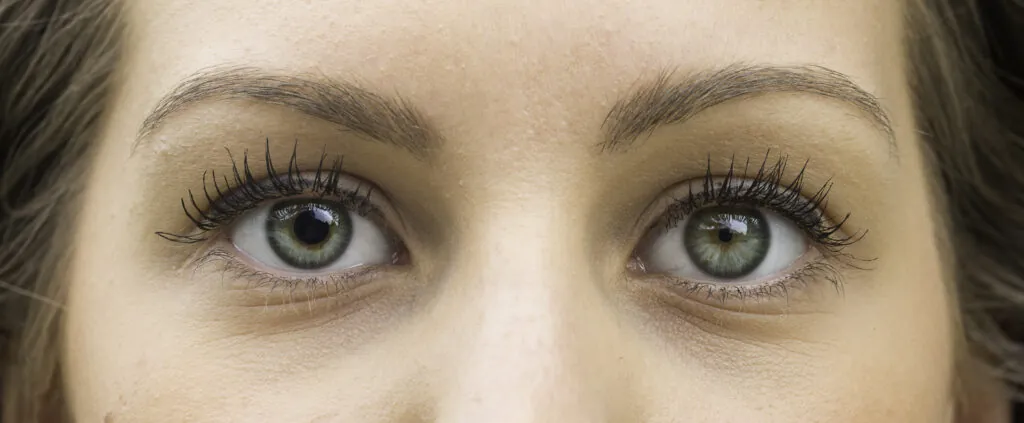Why One Pupil Looks Bigger: Anisocoria and When to Worry

Have you ever looked in the mirror and noticed that one of your pupils seems slightly larger than the other? It can be surprising at first—but in many cases, it’s completely harmless. Still, any change in your eyes can feel unsettling, and it’s natural to wonder whether this difference means something more.
At OptiCare Health, we help patients identify whether subtle changes like this are normal or a sign of something requiring further care. Here’s what you need to know about anisocoria—and when to schedule an eye exam.
What Is Anisocoria?
Anisocoria refers to a condition where the pupils (the black centers of your eyes) are different sizes. For about 20% of the population, this slight difference is entirely normal and has been present since birth. This is called physiologic anisocoria, and it doesn’t affect vision or eye health in any way.
Usually, if the size difference between your pupils is less than one millimeter and both pupils respond normally to light, there’s no reason to worry.
However, when anisocoria appears suddenly or is accompanied by other symptoms, it could be a sign of something that needs medical evaluation.
When to Be Concerned
While many cases are harmless, new or noticeable anisocoria—especially if it’s associated with discomfort, vision changes, or neurological symptoms—can sometimes indicate an underlying condition.
You should schedule an eye exam promptly if anisocoria appears along with:
- Blurry or double vision
- Drooping eyelid (ptosis)
- Headache or facial pain
- Light sensitivity or unusual pupil reactions
- History of head or eye trauma
These may be signs of issues involving the nerves or muscles around the eye, and it’s important to investigate them early. Conditions that can cause anisocoria include Horner’s syndrome, third nerve palsy, or certain eye injuries. But again, most differences are not dangerous. Not all pupil changes involve size—sometimes the concern is about shape. We also have an article covering another rare condition that affects pupil appearance—feel free to check it out.
How We Check for Anisocoria at OptiCare Health
During a comprehensive eye exam, our team at OptiCare Health assesses your pupils under different lighting conditions, checking their reaction to light and how evenly they dilate and contract. We also check your eye movement, vision sharpness, and overall ocular health.
This process helps us rule out serious concerns and confirm whether your anisocoria is benign or worth further testing. If we see any red flags, we coordinate with your primary care doctor or neurologist for additional evaluation.
Why It’s Worth Getting It Checked
Even if anisocoria turns out to be harmless, having peace of mind is valuable. Many people live with physiologic anisocoria for years without any issues—but confirming that your vision and neurological functions are healthy is always a smart step.
Plus, during your visit, we can also examine your eyes for early signs of other common issues such as glaucoma, dry eye, or age-related changes you may not have noticed yet.
Your Eyes Tell a Story—Let’s Help You Understand It
At OptiCare Health, our goal is to make eye care approachable, clear, and reassuring. If you’ve noticed a difference in your pupil size, even occasionally, don’t ignore it. We’re here to help you figure out what’s normal and what’s worth a closer look.
Book your comprehensive eye exam today and let us help you protect your vision—with expert care that looks at the full picture.
